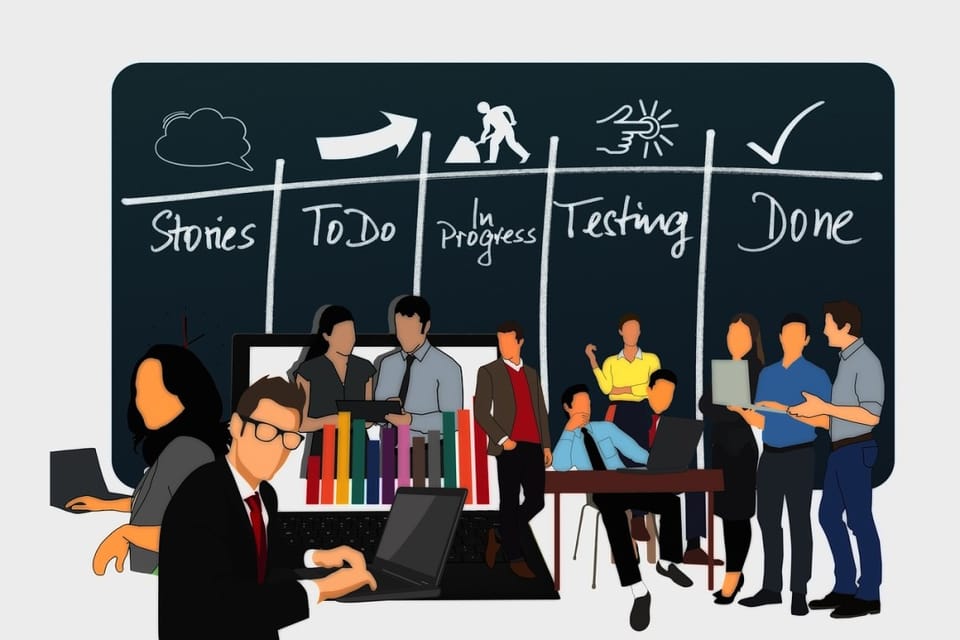WRITING USER STORIES FOR EVERY PHASE OF THE DEVELOPMENT LIFECYCLE

There is this preconceived notion that authoring user stories is confined to the requirements gathering phase. In fact, user stories post a critical role in communication between stakeholders and development teams throughout the development lifecycle. I will explain in this article how you employ user stories as the vehicle of communication between stakeholders continuously across each phase.
1.INCEPTION AND PLANNING
Here we leverage user stories to kickstart the planning process, we disseminate stakeholder input to develop high-level user stories, setting the stage for project scope and subsequent development phases.
2.DISCOVERY/REQUIREMENTS GATHERING
We dive deeper into user needs, expanding breath and depth of stakeholder dialogue resulting in further decomposed user stories. This helps us gather detailed requirements with specific functionalities and business goals tied to each user story.
3.SPRINT PLANNING
As part of each sprint, during sprint planning, we collaborate with the development team to prioritize and select user stories. We take the opportunity here as part of clarification to further refine and decompose user stories for sprint bite-sized consumption while promising to deliver tangible incremental value.
4.DEVELOPMENT
The user stories here play the instrument of guidance to the implementors, the development team, providing a clear underwriting of the expected features and functionalities through the associative acceptance criteria within each user story. This helps the team focus on meeting user expectations.
5.TESTING
User stories also play a critical role in the testing phase. Test cases are derived directly from the acceptance criteria outlined in the stories to ensure testing aligns with the intended functionality set forth in earlier phases. Issues and discrepancies found during testing can be traced back to specific user stories to further resolve.
6.DEPLOYMENT AND RELEASE
Finally, we leverage user stories in the decision-making process when deploying and releasing, as peer of communicating progress and potential impact to stakeholders.
7.POST-RELEASE
We can continue to use user stories post-release to solicit valuable feedback, analyzing user responses and subsequently iterating on existing stories or creating new ones based on evolving requirements. Through this feedback loop, we ensure software continuous to remain aligned with used expectations and always adapting to changing needs.
Member discussion